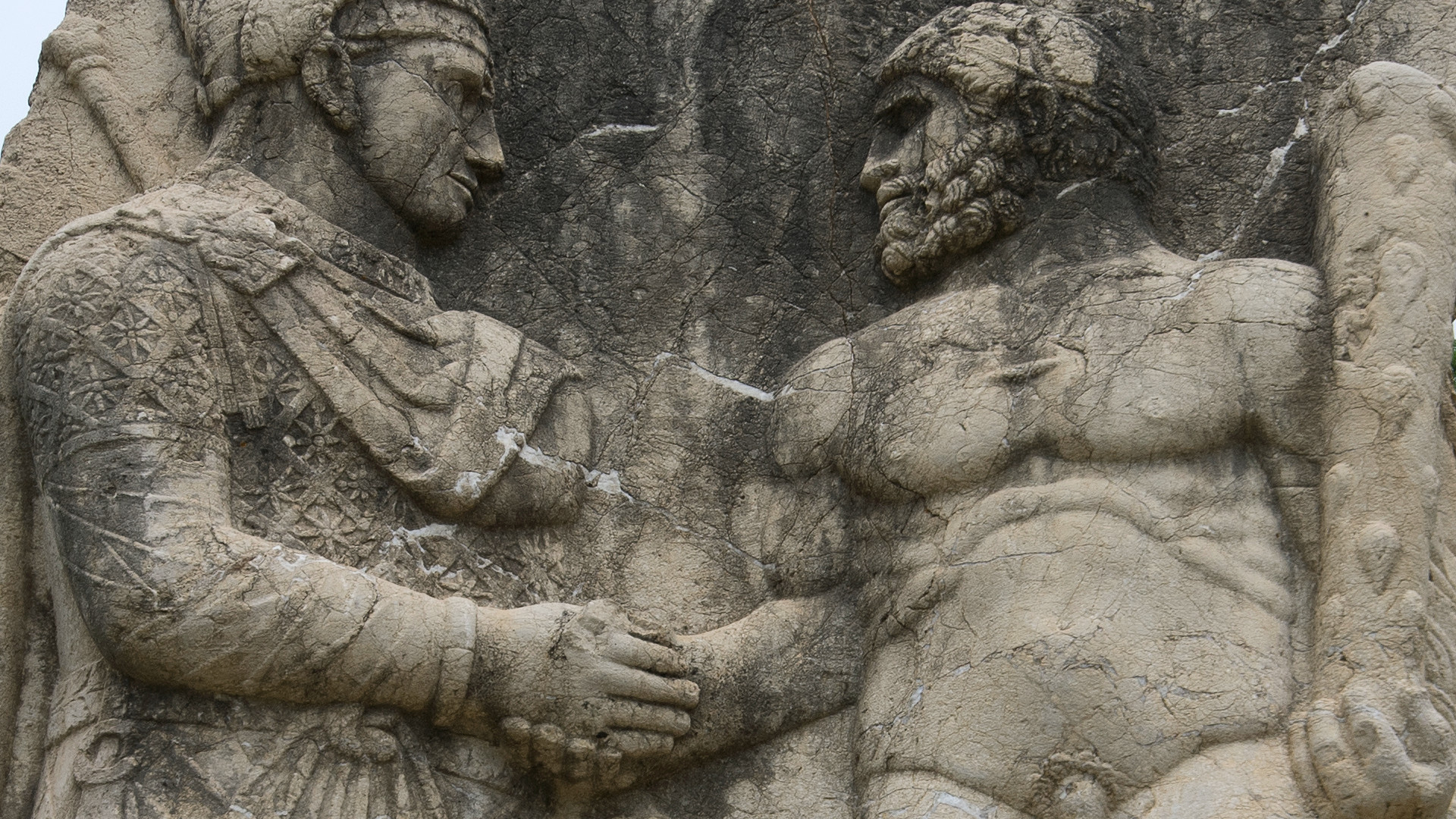 A team of anthropologists from the University of Wiltz say they’ve found evidence that ancient peoples in this part of Europe used to engage in bizarre touching rituals when they encountered other members of their tribe.
A team of anthropologists from the University of Wiltz say they’ve found evidence that ancient peoples in this part of Europe used to engage in bizarre touching rituals when they encountered other members of their tribe.
“According to what we’ve discovered, men used to unite their right hands and bounce them up and down three times, often while reciting ceremonial words that rarely changed and carried no real meaning,” said Dr. Lars Valdach.
“Words like ‘how’s it going?’ and ‘good to see you man,’” he added. “Often, this was followed by a rough calculation of how long it had been since the previous encounter.”
Women engaged in a very different practice, which was to stand face to face, extend their necks like a majestic lake bird, and touch their cheeks, says Valdach.
“This ritual was also commonly practiced between a woman and a man and occasionally between two men if, for reasons we don’t understand, their bodies produced sufficient quantities of vitamin D,” he said.
Anyone performing this neck extension was expected to emit a squeak in an attempt to mimic hamsters, which were probably viewed as sacred, something like a spirit animal, Valdach believes.
“This explains why, to this day, in this part of Europe hamsters are not eaten, but are venerated and cared for.”
The anthropologists say that although social touching might seem odd and even dangerous considering what we know about virus transmission, it’s important to keep in mind that the so-called “touching tribes” had a primitive mindset.
“Many of them religiously believed that if you didn’t touch others when you met them, the interaction would be cursed and you would suffer from spiritual, social, or economic harm.”
Even though the researchers claim they have ample evidence of body-touching rituals, not everyone accepts the idea.
“Why didn’t they just say hey, make a kissy face, or raise two fingers and bring them down in a slicing motion – like normal people?” said lycée student Xander Polamander.
